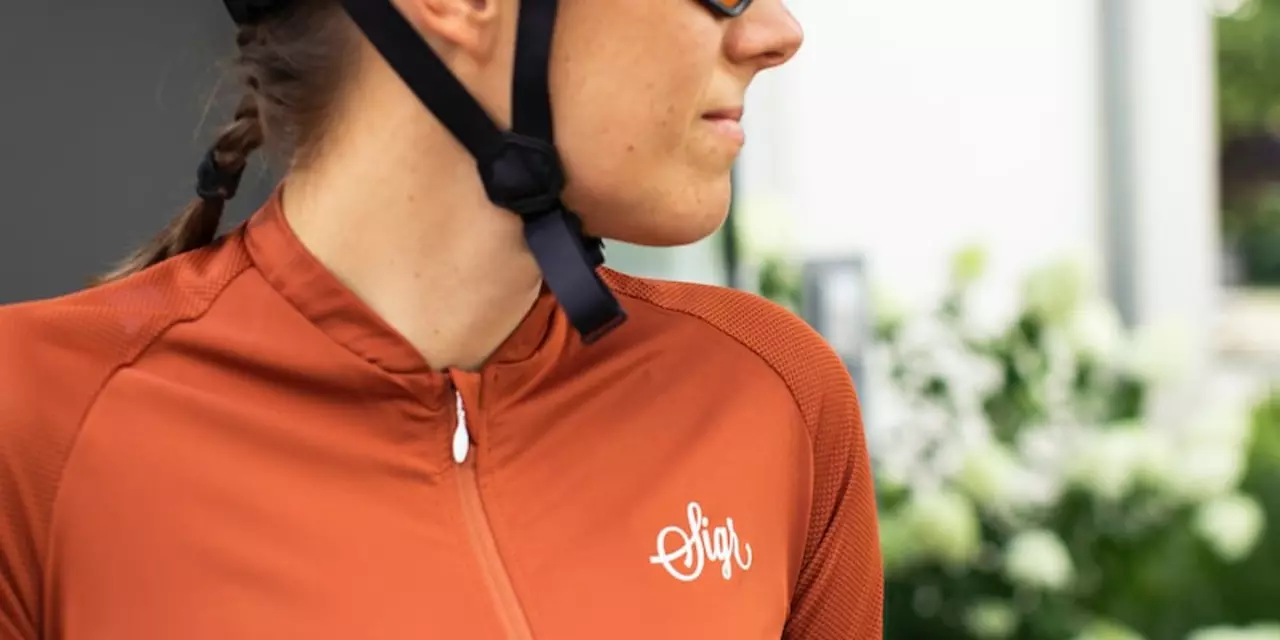Jerseys: Picking the Right Cycling Jersey for Every Ride
If you’ve ever wondered why some cyclists look sleek while others seem stuck in the wind, the answer often starts with the jersey. A good jersey does more than look cool – it controls temperature, reduces drag, and keeps you comfortable on long days out. Below are the basics you need to know before you hit the shop or click "add to cart".
What Materials Work Best?
Most modern jerseys use polyester blends because the fabric wicks sweat away and dries quickly. Look for terms like "moisture‑wicking" or "quick‑dry" on the label. If you ride in cooler weather, a jersey with a brushed interior or a light fleece lining will trap heat without making you overheat. For summer rides, opt for jerseys with mesh panels under the arms and on the back – they act like a built‑in fan.
Some premium brands add elastane (spandex) for stretch. That stretch helps the shirt move with you around corners and prevents the sleeves from feeling tight when you pull hard on the handlebars. A small amount of elastane (around 5‑10%) is ideal – enough stretch without sacrificing durability.
Fit Matters: Tight, Loose, or Somewhere In‑Between?
There are three common fits: race (tight), casual (loose), and semi‑fit (a bit of both). Race fit hugs your body, reducing air resistance. It’s great for fast rides but can feel restrictive if you’re not used to it. Casual fit offers more room, which is comfortable for relaxed rides or commuting, but it adds a bit of drag.
Semi‑fit hits the sweet spot for many riders. It follows the shape of your torso enough to cut wind, yet still lets you move comfortably. When trying a jersey, pull the shoulders down and zip it up – you should be able to lift your arms without the fabric pulling.
Check the length too. A jersey that’s too short will ride up when you lean forward, while one that’s too long can flap and catch wind. Aim for a length that ends just above your hip bone when you’re in a normal riding position.
Style and Features You’ll Actually Use
Many jerseys come with rear pockets – usually two – for snacks, a phone, or a mini pump. Test the pocket openings; you don’t want your bar of energy slipping out on a bump. Zippers are another practical detail. A full front zip lets you regulate temperature on the fly, while a half‑zip gives you a little ventilation without exposing your neck.
Reflective elements are a lifesaver for early‑morning or dusk rides. Look for subtle reflective strips on the sleeves or back. They stay low‑key during the day but become visible when headlights shine on them.
Caring for Your Jersey
To keep the fabric performance‑ready, wash your jersey inside out in cold water. Avoid fabric softeners – they coat the fibers and stop wicking. If you need to wash after a muddy ride, a gentle pre‑rinse helps remove grit before it settles into the fibers. Hang dry or tumble on low; high heat can shrink polyester blends and damage any elastic stitching.
Store your jersey flat or rolled, not folded in a tight pile. This prevents creases that can stress seams over time.
With the right material, fit, and a few practical features, a cycling jersey can make every ride feel smoother and more enjoyable. Take a minute to compare a few options, try them on, and you’ll quickly see the difference a good jersey makes. Happy riding!

Who makes the best cycling jerseys?
Daxton Fairweather Feb 7 0This article reviews the various cycling jersey brands available on the market. It looks at the features, material quality, ventilation, and comfort that they offer. It also considers factors such as price, fit, and customer reviews. Ultimately, the article concludes that there is no definitive answer as to which cycling jersey is the best, as it depends on individual preferences. However, some of the top-rated brands include Castelli, Rapha, and Santini. These brands are known for their great quality and craftsmanship, and provide riders with a range of styles and fits to choose from.
More Detail